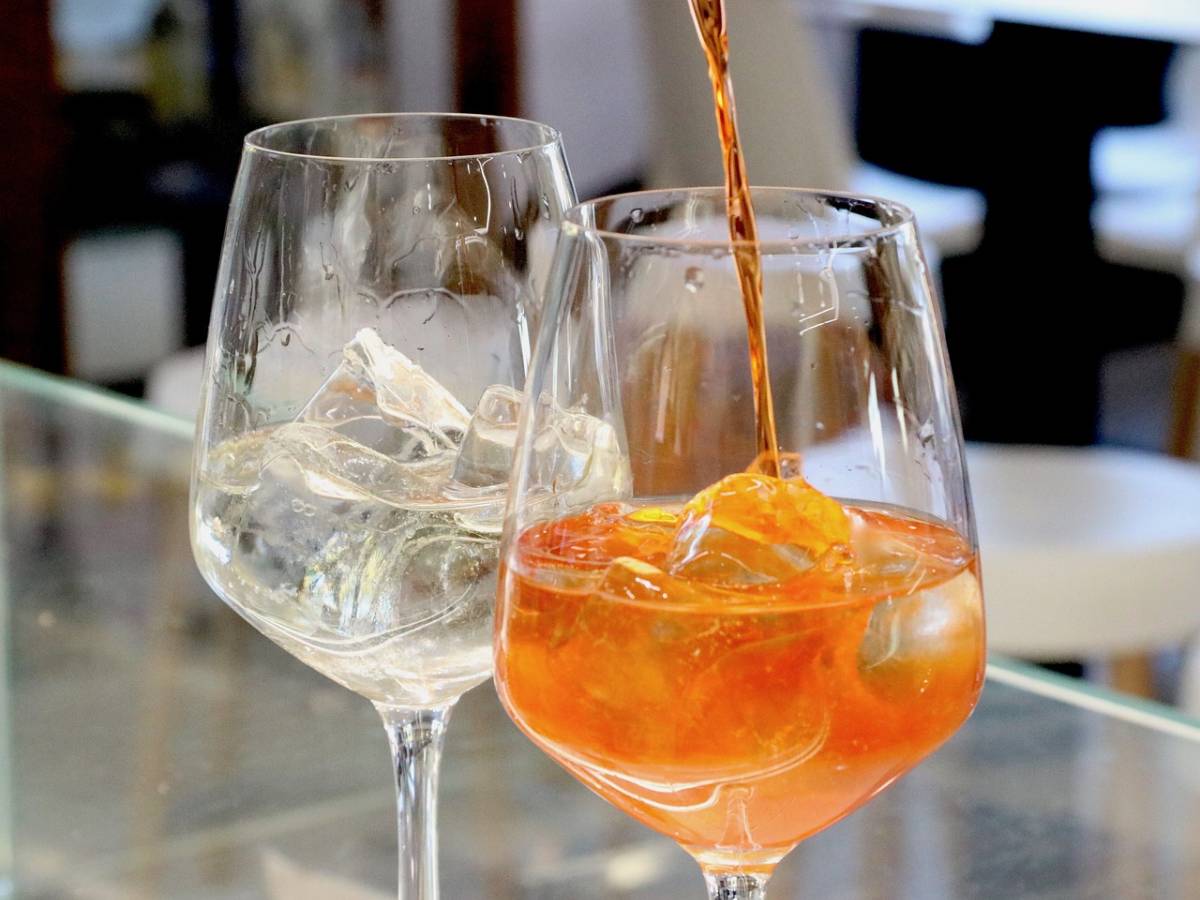Ice and Summer: The Hidden Dangers Lurking in Your Drinks
Ice and summer go hand in hand, especially during this period of scorching temperatures. With soaring heat reaching over 40 degrees Celsius and even hitting 48 degrees in the Sardinian hinterland, it’s impossible to resist the refreshing taste that ice brings. Whether it’s in chilled drinks enjoyed with friends or added to water or various beverages like iced tea or orange juice, ice is essential for keeping cool. It’s also a must-have for cooling off fruits, as a juicy watermelon isn’t complete without a few ice cubes to be consumed like a refreshing ice lolly. However, while ice may seem innocuous and calorie-free, there may be hidden health pitfalls.
Little attention is paid to the ice that cools our drinks, which mixes with the ingredients and enters our bodies. Bruno Ranellucci, CEO of Tutor Consulting and one of the leading experts on the subject, explains that many are unaware that the incorrect production and storage of ice can lead to the accumulation of numerous bacteria that can affect the flavor of our drinks. This widespread issue in our country is linked to the many irregularities found in establishments serving food and drinks. These irregularities include failing to follow Haccp rules, a set of procedures aimed at ensuring food safety, and the presence of inadequate storage environments such as underground warehouses.
So why is the ice used to make cool drinks dangerous? The answer lies in bacteria and molds, which can contaminate the ice when present in high quantities. Risks of bacterial contamination exist not only in large-scale industrial production but also in home freezers. Although the European Union has yet to issue specific regulations governing ice production, one can refer to the guidelines prepared by the National Institute for Edible Ice (Inga) and approved by the Ministry of Health. These guidelines are found in the “Manual of Correct Operating Practice for the Production, Conservation, and Use of Ice for Edible Use.” This handbook provides essential information to avoid biological contamination from bacteria, a significant threat to human health.
Numerous studies conducted by national and global health authorities, including the Italian Ministry of Health, EFSA, WHO, and FDA, have found that ice can be contaminated by various species of bacteria such as Escherichia coli, Staphylococcus Aureus, Staphylococcis spp, Streptococcus spp, Clostridium spp, Pseudomonas aeruginosa, Enterococcus spp, Campylobacter listeria, and Salmonella. These microorganisms can pose potential health risks to humans. The contamination mainly occurs due to the use of contaminated water and the failure to follow good hygiene practices during production, storage, and handling.
The water used to produce ice lollies must comply with the requirements of Legislative Decree 31/2001 on water intended for human consumption. Moreover, all equipment used for producing treated water in public establishments should be continuously sanitized. However, contamination can occur through other practices during ice serving. For instance, the widespread habit of taking ice directly from the container with glasses, often unprotected and exposed to the air, can be a source of contamination. Additionally, failure to clean and disinfect the containers used for ice can lead to bacterial proliferation.
Therefore, it is crucial to follow all hygienic-sanitary steps for food production (HACCP) and ensure that handling personnel are aware of the possible consequences to minimize the risk of contamination in the drinks served.
It’s important to remember that:
– Edible ice should not be placed in containers that are not certified for contact with food.
– It should not be preserved or stored, such as being wrapped and placed in freezer compartments.
– It should not be sold in bulk or in containers/packages that do not bear the production lot, enabling the tracing of water and primary packaging used in accordance with the provisions of regulation 178/02 on the traceability of packaged foods.
– The place of production should be indicated, as the production plant must be registered among food businesses.
In conclusion, although ice is essential for keeping cool during the sweltering summer, it’s crucial to be aware of the potential health risks associated with contaminated ice. By following proper hygiene practices and ensuring compliance with regulations, we can enjoy refreshing drinks without compromising our health.
